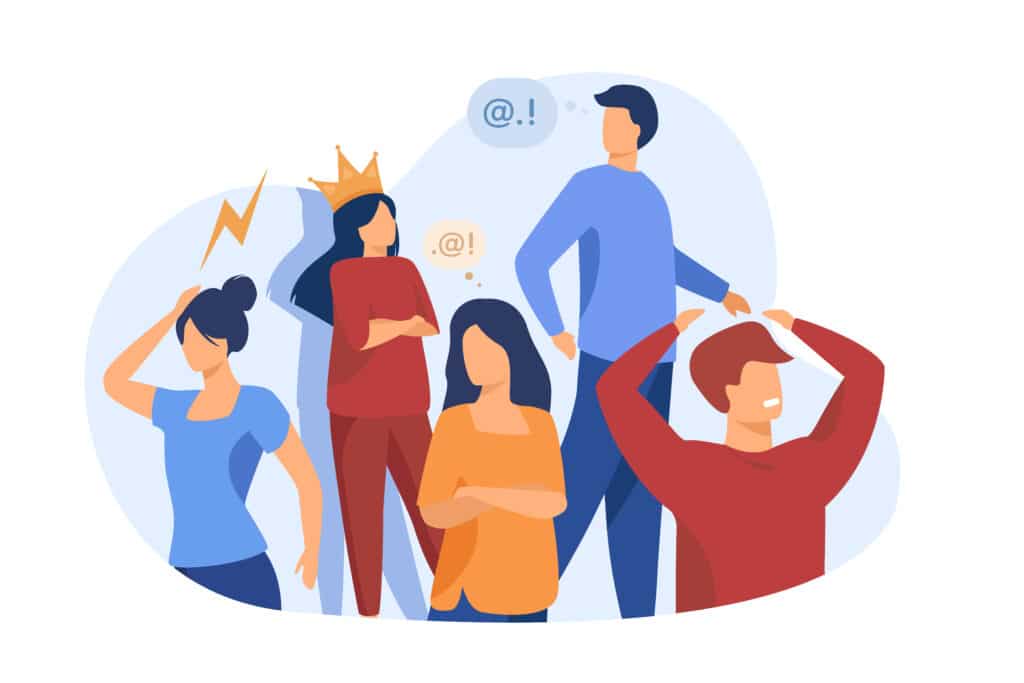
Behavioral Design: How has consumer behavior changed during the COVID-19 pandemic and what can businesses learn from it?
Marketing
Posted 04 Aug 2020
Due to COVID-19, businesses in all industries had to adapt to a new way of working. The consumer sector as well as customer behavior has also changed significantly since the pandemic outbreak. Now, due to the relaxation of Corona regulations, more shops can finally start to reopen and the daily work routine can start to go back to normal – to some extent. With this given situation, the first question that arises is, how businesses can best deal with the new situation of changed customer behavior and resume their activities successfully.
Words like masks, social distancing, and hygiene precautions define the new ‚normal in everyday life and even more so in business life. Businesses, both big and small, can open only under certain conditions such as limited capacity utilization. Furthermore, they must develop security concepts for customers and employees. In the wake of this, it is rather essential to understand the changed customer behavior (both in B2B and B2C sectors) and to adapt the business’s range of products to the new requirements.
In order to revive the business and continue it successfully after COVID-19, consumer behavior needs to be analyzed. This allows one to recognize the fears that a client might have and prevent the business from losing customers in the long term. Behavioral Design divides customer behavior into three categories that help to determine the actions of customers and people in general.
The behavior and actions of a person are based on the following variables:
Motivation: How motivated is a person to perform an action or display certain behaviors?
Skills: The skills required to perform an action or behave in a certain way. Be it individual skills, monetary, or time resources.
Appeal: A specific request from another party (family, friends, business, government) to perform an activity.
If the variables are identified in the target group, the company’s offer can be adapted according to the needs of the customers in order to get the customer group to act.

The behavior and actions of a person are based on three variables.
The pandemic has above all triggered uncertainty among the population. Larger investments are being postponed and will not be made for the time being. In general, it was found that motivation and consumer willingness to make investments declined sharply when the pandemic first hit. In contrast, fear and uncertainty in other areas had the opposite effect. Customer behavior swiftly churned towards hoarding goods, especially at the beginning of the pandemic, when everyday products were being bought in bulk.
In addition, online retail experienced a major boom. On average, 20 percent more were bought online than before the pandemic. The growth was due to the fact that older generations, who did not make online purchases as frequently or ever before, relied on online retail due to the given situation. The motivation of consumers consequently changed.
The retail sector has also undergone huge changes. The situation is leading to entire areas of retail being aligned to the new and extraordinary circumstances.
Read here which innovations are newly introduced in the retail sector.
Marketing and PR managers work with a wide variety of channels every day. The question is, how findings from the area of customer behavior can be integrated into the marketing mix.
Identifying the most motivated individuals in the target group – Before defining any measures, it is important to know which individuals in your target group are most likely to perform a certain action. This part of the target group is also accessible for a longer commitment to their own company. In the same step, ask yourself why this target group is most motivated and what inclines them to make these decisions.
Defining and breaking down goals – As a business, you have the goal to bind your customers to you. But depending on what you offer, such a bond can mean a big commitment for a customer. If you understand the fears of customers, you can use smaller interim goals (such as liking a social media post or downloading a white paper) to retain consumers in the long term and become part of their everyday lives.
If you do not see any changes in customer behavior by adjusting the intermediate goals, check your activities, look again at the behavior and motivations of the target group. Based on this, adjust the activities.
Many behavioral patterns that we have learned and internalized over the past months will remain after COVID-19. In people’s everyday lives, shopping via online portals is being adapted, especially among older generations. A certain distance will remain even after the obligation to keep safe distances. More spacious and freely movable facilities in offices, shops, and restaurants will continue to be in demand. In the working environment, too, the trend will move away from traditionally formal offices and towards so-called casual ones.,
In the sales area, too, the trend will move away from the familiar high stacked articles and towards a strategically prepared presentation of a few selected goods.
In the future, companies will have to pay more attention to the motivation of their customers in order to understand their behavior and take measures to steer customer behavior in a specific direction.
To further illustrate this: Right now, security and family are the greatest motivation for many people. Companies that have not adapted their measures to this motive and focus on the opposing factors will probably not be able to achieve long-term success with their marketing tactics.
Analyze the behavior of your target group and the associated variables and, based on this, adjust your marketing and PR measures. It will be more difficult for companies to survive in the market if they do not react dynamically to behavioral patterns.
We support you in analyzing the behavior of your customers! Together we develop the behavioral profile and design marketing and PR measures based on it.
Melanie Kehl
Marketing Assistant at HBI Helga Bailey GmbH – International PR & MarCom

This blog post was created based on the webinar of our Worldcom partner agencies, JBP, and Off Madison Ave. Click here for the full interview.